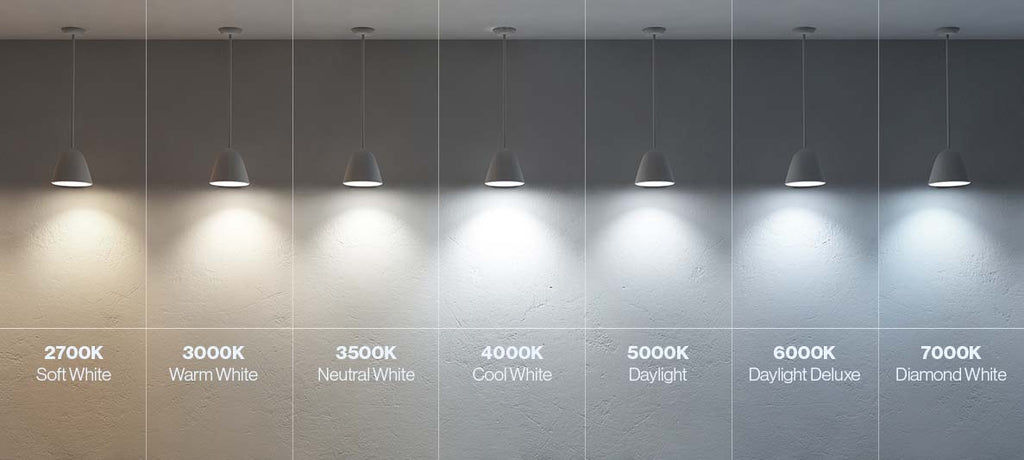Recessed Lighting 101 - What to Know Before You Buy
Recessed lights (aka can lights, downlights, pot lights—whatever you want to call them) are a super clean way to light a space without bulky fixtures getting in the way. But once you start shopping for them, it gets overwhelming fast. Remodel vs. new construction? Baffle and smooth trim? Junction boxes? What does any of that even mean?
Don’t worry. I’m an expert when it comes to recessed lighting, I’ve written a straightforward guide to the different types of recessed lights and what they’re used for.


New Construction vs. Remodel Housings
First things first: how you install recessed lights depends on whether the ceiling is open or finished.
New Construction Recessed Lights
These are designed for open ceilings—think new builds, major renos, or anywhere you can see the joists. They come with a full metal housing and mounting arms that get nailed into framing. You install the whole setup before drywall goes up.
Remodel Recessed Lights
These are for finished ceilings. They’re designed to be pushed up through a hole cut in the drywall and secured with clips. No tearing into your ceiling needed—great for upgrades or retrofitting older homes. So, if your ceiling is already up and finished, go with remodel cans or slim options (more on those below).


Retrofit Kits vs. Slim (Junction Box) Recessed Lights
These two options are big in the DIY world, especially if you’re updating existing lights or working in tight spaces.
Retrofit Kits
These are designed to pop into existing recessed cans. You remove the old bulb and trim, then plug in the new LED trim kit (usually using the existing light socket). They’re easy to install and come in various trims and color temperatures. Perfect for upgrading old halogen or incandescent cans.
Slim (Junction Box) Recessed Lights
Also known as wafer lights or canless lights. These are ultra-thin and don’t require a housing can at all. Instead, they connect to a separate junction box that sits above the ceiling. They’re ideal for places with limited ceiling space, like under ductwork or in basements.
The big difference? Retrofits go into an existing can, while slims only need a junction box and a hole—no housing required.


Trim Types
The “trim” is the visible part of the recessed light—the ring and surface you actually see when looking up. It affects both the look and the light quality.
Baffle Trim
This has ridged, stepped grooves that absorb excess light and reduce glare. It softens the beam and is great for living rooms, bedrooms, or anywhere you want more diffuse light.
Smooth Trim (Reflector Trim)
This is shiny and smooth, designed to bounce light downward efficiently. It gives a brighter, more focused beam. Ideal for kitchens, bathrooms, or anywhere you want strong, task-oriented light.
If you want to minimize glare, go baffle. If you want maximum beam spread, go smooth.
![]()
![]()
![]()

![]() Gimbal Lights
Gimbal Lights
If you want to direct the light in a specific direction—like onto artwork, shelves, or an angled ceiling—gimbal lights are the way to go. A gimbal has a pivoting center, kind of like a spotlight, so you can tilt and aim the light beam exactly where you want it.
They come in both can-style and slim versions, and they’re super popular in spaces that need flexible lighting—think sloped ceilings, feature walls, or accent lighting.

Color Selectable Lights
One of the best upgrades in LED lighting recently: color selectable recessed lights. These let you choose the color temperature of the light (usually from warm white to cool white) using a switch on the fixture or junction box. Common options include:
-
2700K – Warm and cozy (like incandescent bulbs)
-
3000K – Soft white (good all-around warmth)
-
4000K – Neutral white
-
5000K – Bright daylight (great for kitchens and workspaces)
Color selectable lights are awesome because you can test out different settings in your space and pick what looks best. No guesswork—and no returning lights that looked too blue once installed.


Wrapping It Up
When choosing recessed lights, there is a lot to consider. It’s hard to really know everything about every kind of recessed light, but you can start by answering the basic intro questions that we’ve covered in this blog. (Is the ceiling open or finished? Am I replacing old, recessed lights or starting fresh? What style do I want? Etc.)
Once you know what’s what, picking recessed lights gets a lot easier. And the good news? Sunco LED options are energy-efficient, long-lasting, and affordable.



